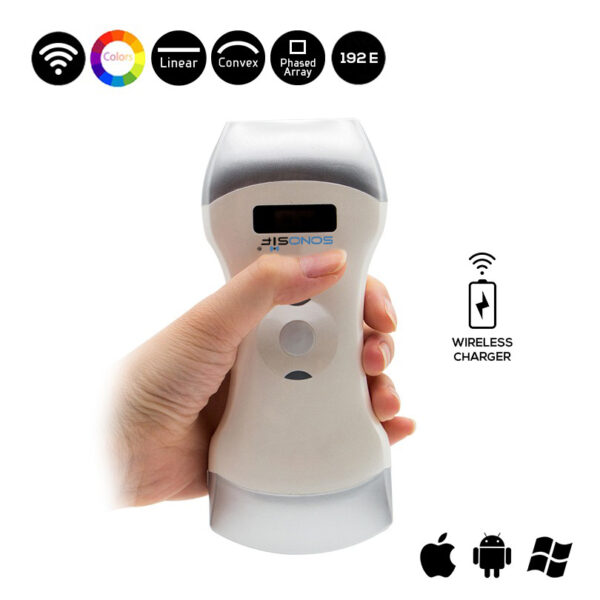- Immediate contact :
- +1-323-988-5889
- info@sonosif.com

Post-Void Bladder
February 12, 2021
Ultrasound Scanner-guided Salivary Glands assessment
April 16, 2021Urology is a medical discipline that treats infections of the urinary tract of both men and women, as well as the male reproductive organs.
Urology is known as a surgical speciality. Besides surgery, a urologist is a doctor with the wisdom of internal medicine, paediatrics, gynaecology and other parts of health care. This is because a urologist encounters a wide range of clinical problems.
The scope of urology is big and the American Urological Association has named seven subspecialty parts:
- Pediatric Urology (children’s urology)
- Urologic Oncology (urologic cancers)
- Renal (kidney) Transplant
- Male Infertility
- Calculi (urinary tract stones)
- Female Urology
- Neurourology (nervous system control of genitourinary organs)
Treatment of obstructive uropathy distinguished urology from general surgery. This treatment ranges from infants’ obstructive posterior urethral valves or ureteropelvic junction obstruction to older male’s benign prostatic hyperplasia of the bladder outlet.
The World Health Organization (WHO) divides traumatic injuries into deliberate (interpersonal violence-related, war-related, or self-inflicted) and accidental (mostly motor vehicle crashes, spills, and other domestic accidents) categories.
Urology-related trauma is also known as Urotrauma, which is a term for an injury to the urinary tract or reproductive organs. It may be the outcome of a stressful experience or impact. A collision, a truck or cycling explosion, a drug, or a bomb are possibilities. The liver, urethra, bladder, urethra, and genitals are all organs that may be damaged by urotrauma.
Which ultrasound scanner is the best to be used by urologists for general surgery and trauma experience?
Ultrasound scanners allow Urologists to diagnose and treat patients with urological disorders by providing real-time imaging of the kidney and small sections. With brachytherapy treatments, portable ultrasound is also useful.
For this reason, SONOSIF’s research and development team recommend either the Wireless 4D Bladder Ultrasound Scanner B-4D FDA or the 3 in 1 Color Doppler Wireless Ultrasound Scanner 3in1-CLC3CD
Bladder Wireless Ultrasound Scanner 4D Array Scan SONOSIF is a tool for bladder drainage. The urine that persists in the bladder after urinating is measured (the “post-void residual”). If urine persists, a condition such as an enlarged prostate, urethral stricture (narrowing), or bladder dysfunction may exist. It will even tell you about the bladder wall, diverticula (pouches) in the bladder, prostate scale, large tumours in the bladder, and stones.
Urologists, for example, may use it to determine whether the bladder is weakened or bleeding as a result of an injury (Bladder Trauma). In this case, surgery is needed to repair a tear or to improve urinary flow.
Similarly, the 3 in 1 Color Doppler Wireless Ultrasound Scanner 3in1-CLC3CD is a lightweight machine that assists urologists in the evaluation of infertility, the evaluation of the female urethra, and the evaluation of blood flow in urological organs. It develops images of the kidneys and bladder and is useful for identifying urinary tract birth defects.
It is a highly versatile device that serves various medical practitioners and fields.
To summarize, portable ultrasound scanners have many advantages, including the fact that they are more comfortable for the patient, have a smaller risk of contamination because they are non-invasive, and are relatively quick and easy to use, saving urologists time.
References: What’s Urology?, What’s Urotrauma?, Guidelines on Urological Trauma, Urology,
Disclaimer: Although the information we provide is used by different doctors and medical staff to perform their procedures and clinical applications, the information contained in this article is for consideration only. SONOSIF is not responsible neither for the misuse of the device nor for the wrong or random generalizability of the device in all clinical applications or procedures mentioned in our articles. Users must have the proper training and skills to perform the procedure with each ultrasound scanner device.
The products mentioned in this article are only for sale to medical staff (doctors, nurses, certified practitioners, etc.) or to private users assisted by or under the supervision of a medical professional.






